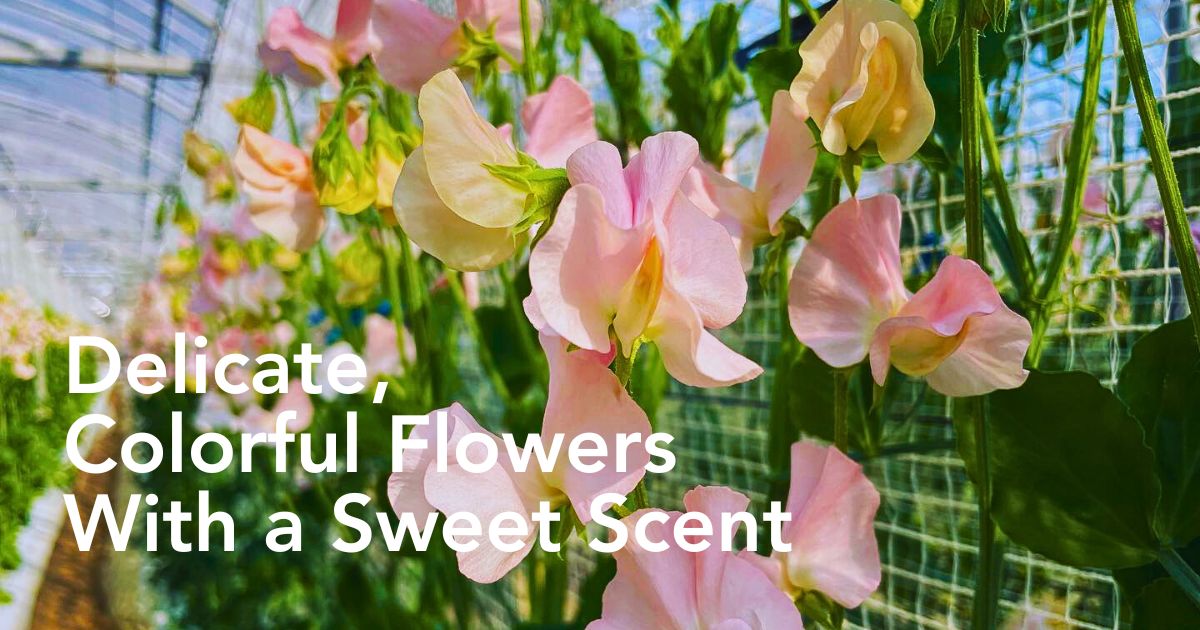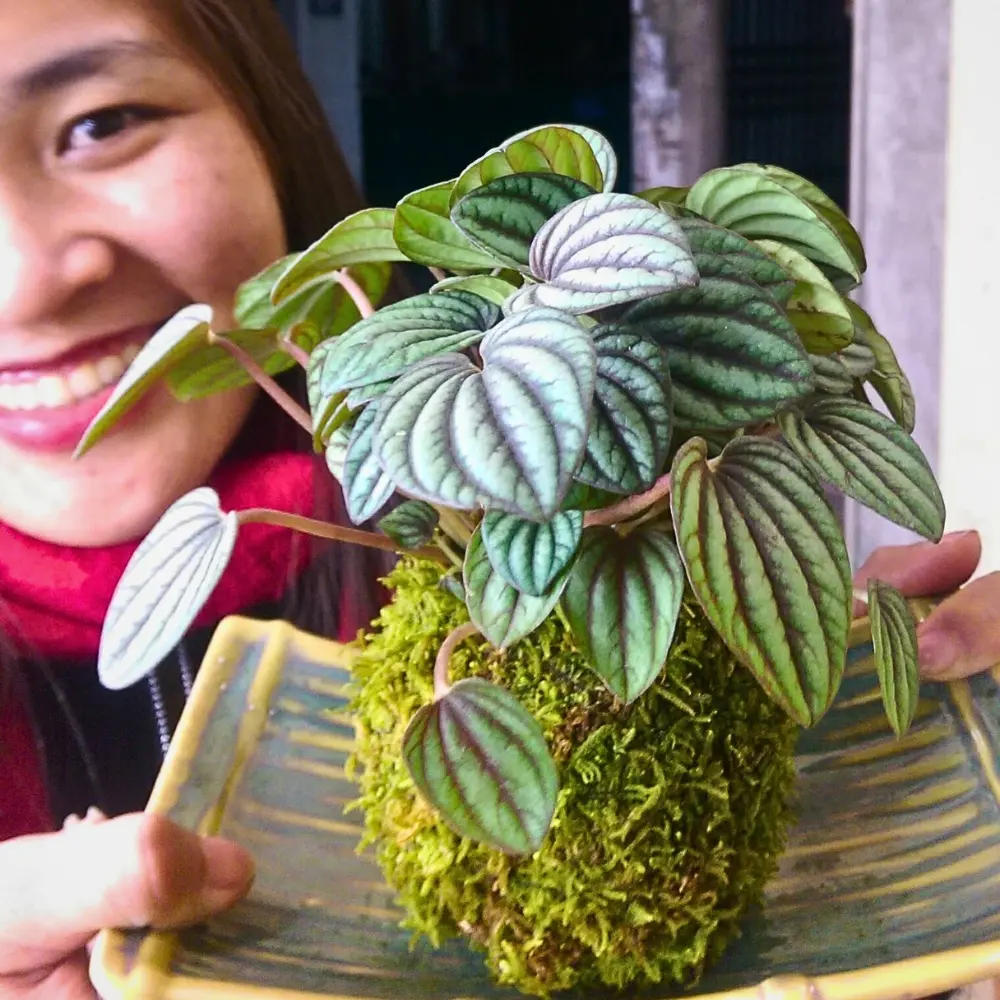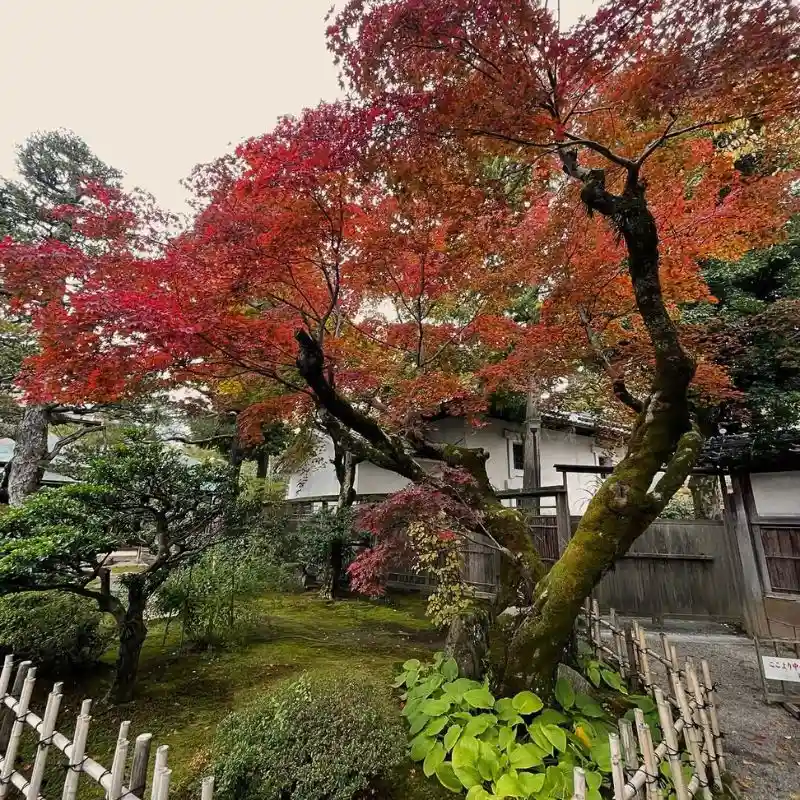Sweet peas (Lathyrus odoratus): the climbing vines with an intoxicating fragrance and a panorama of colors. They come in crimson reds, pastels, lavender, navy blues, pinks, and pure whites, as well as in bi-colors and streaked petals, and have quite a fascinating journey, more so for their integration into the Japanese floriculture scene. Aucnet has played a key role in this journey. Through them, growers like Taiyo Farm and JA Aichi Minami are putting sweet pea on the global stage, blending tradition with innovation, to ensure these flowers enthrall markets far away from their island home.
How Did Sweet Pea Get From Italy to Japan?
A flowering plant of the genus Lathyrus in the family Fabaceae (legumes), sweet peas originated as wild climbing flowers in Sicily, Southern Italy, and the Aegean Islands. In 1695, a Sicilian monk named Franciscus Cupani recorded the wild plant and sent its seeds to mainland Europe. They caught the attention of English horticulturists, who began selective breeding to enhance their ornamental qualities. By the mid-1800s, during Japan's late Edo period, these flowers arrived on Japanese soil, marking the start of their cultural integration.
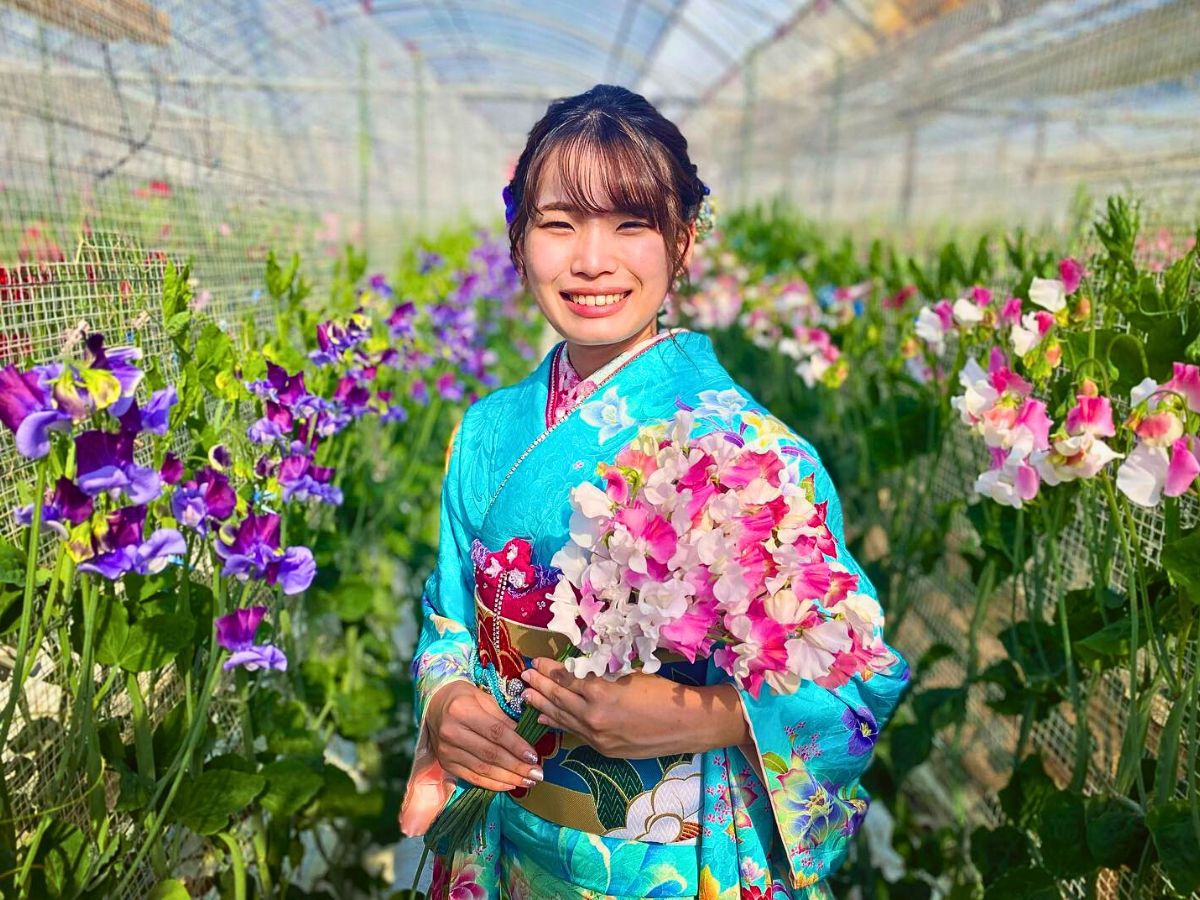
Commercial cultivation took hold in Kanagawa Prefecture in the early Showa era of the 1920s, initially as a niche practice. The 1980s saw a surge in expansion, with new hubs emerging in Miyazaki, Oita, and Wakayama prefectures. Today, production spans over a dozen regions, adapting to Japan's varied climates. Unlike the summer-blooming varieties dominant in Europe, Japanese growers focus on winter-and spring-blooming strains, nurtured in controlled greenhouses to ensure winter-season availability.
Yet, over a century of continuous careful breeding has not just infused these varieties with the fragrance and vivid hues of their summer counterparts, but also optimized their traits like stem length, flower count, and resilience for cut-flower markets. This has positioned the Japanese sweet pea as an emblematic winter and spring flower, its charm now extending through exports to international markets.
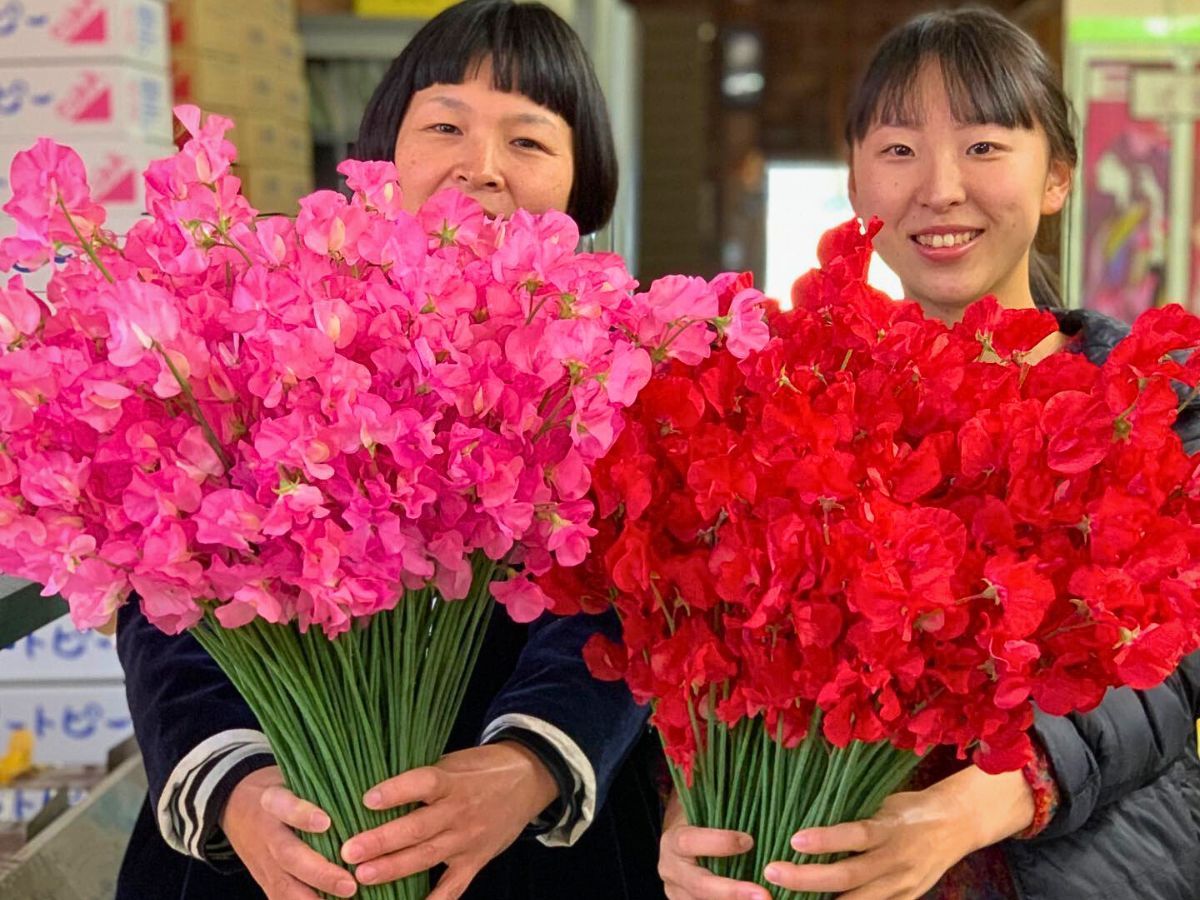
Japan’s Sweet Pea Production
Contemporary sweet pea cultivation in Japan yields around 60 million stems annually, with Miyazaki Prefecture commanding a dominant 50% market share. This region's mild winters and fertile soils provide ideal conditions, allowing for high-volume output without compromising quality. Growers have developed region-specific varieties that perform well when it comes to productivity, boasting long stems (50-60cm) and diverse forms suited for bouquets.
While the flower's sensitivity to weather poses challenges—cloudy days can cause petal drop, affecting yields—growers' innovative approaches control these risks, ensuring stable supplies, even in fluctuating conditions. This is especially so at JA Aichi Minami. Understanding these adaptations highlights and helps appreciate how Japanese agronomy merges tradition with technology, which ensures sustainability and efficiency in floriculture.

Aucnet Bridges Japanese Growers With Global Markets
Aucnet, a key intermediary, facilitates the flow of these flowers from Japanese fields to vases and bouquets in international markets. Since launching its operations in 2010, Aucnet has steadily grown its footprint, initially targeting Asian markets before venturing into Europe. By 2019, winter sweet pea shipments to the Netherlands had commenced, marking an important step in putting the Japanese sweet pea on the world stage. Now, weekly deliveries from November to early March reach Greenflor in the Aalsmeer market, alongside consistent exports to Hong Kong and South Korea.
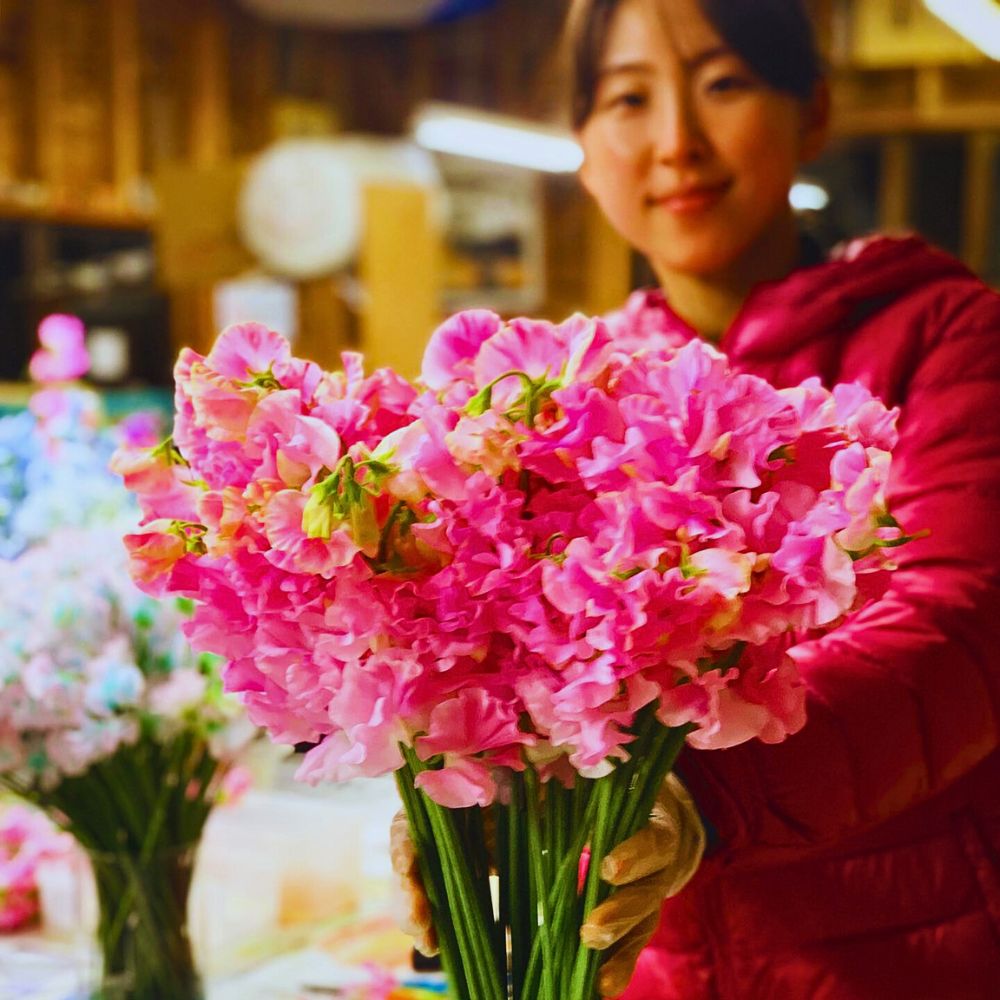
So, what makes these sweet peas so unique and distinctive? The secret lies in their longevity, vibrant colors, and extended stems, which make them perfect for winter bouquets, filling a seasonal gap in global floral offerings. Moreover, their packing efficiency—enabling dense boxing—curbs shipping costs, which in turn allows for competitive pricing abroad. The previous season alone, Aucnet delivered 170,000 sweet pea flowers to customers, showing resilience amid weather vulnerabilities, and its role, not just as a distributor but as a promoter of Japanese flowers, while subtly enhancing the visibility of its partner growers.
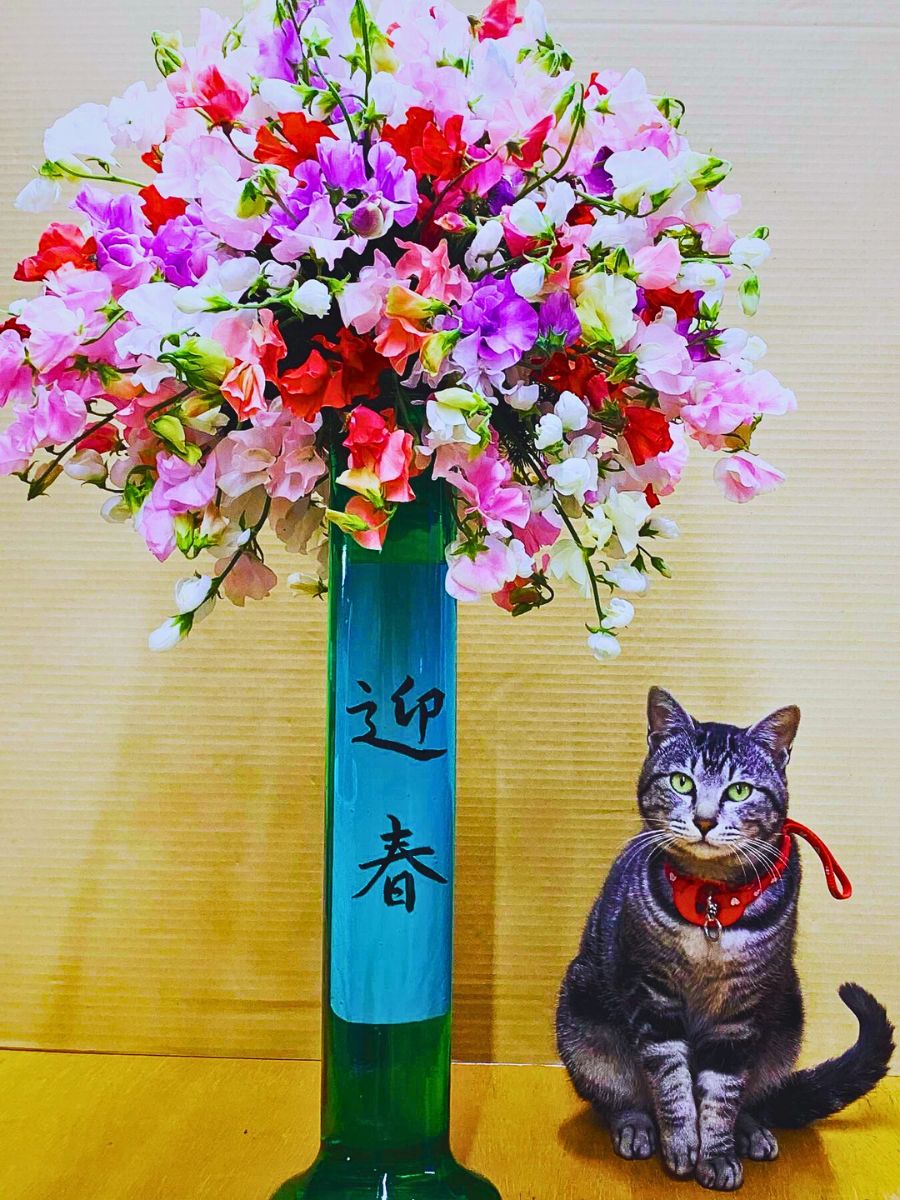
Miyazaki’s Taiyo Farm’s Heritage of Sweet Pea Color and Dedication
Located in Miyazaki Prefecture, Taiyo Farm exemplifies the art of sweet pea cultivation. With over 30 years of specialized production, this family-run operation focuses on sweet pea flowers during winter and Chinese lanterns in summer. Though they experimented with other flowers, Taiyo Farm later focused on sweet peas, achieving an impressive annual shipment of 1.8 million stems. The farm boasts 30 varieties, plus 20 dyed options, capitalizing on the flower's renowned color diversity.
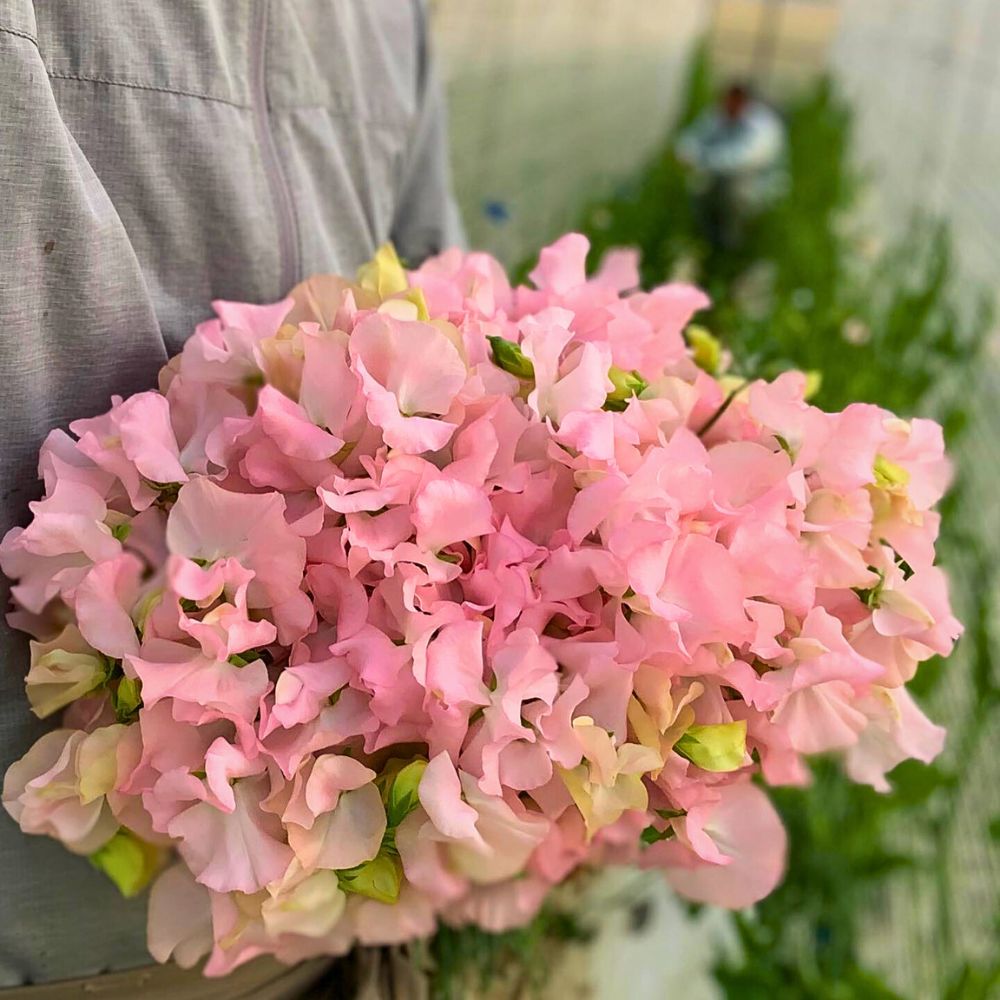
From classic yellows and oranges to gradient blues, greens, and trendy muted tones, their palette addresses the limited winter floral options. Their dyed sweet peas, which are increasingly popular, offer soft two-tones, such as pale pink gradients, which add a modern twist to traditional flowers. Also, Taiyo Farm's carefully planned cultivation practices ensure their flowers exemplify fragrance and form. As a key supplier to Aucnet, this grower significantly contributes to exports, promoting Miyazaki's reputation as a leading sweet pea production region in Japan and beyond.

JA Aichi Minami Prioritizes Premium Quality Through Cooperatives
In contrast to Taiyo Farm's private model, JA Aichi Minami presents the collaborative spirit of Japan's agricultural cooperatives. Renowned for producing the country's largest volume of Chrysanthemum, JA Aichi Minami also performs well in high-end flowers like Gloriosa, Eustoma, and Alstroemeria. Sweet peas also form an important part of their portfolio, with around 30 varieties shipped during winter and spring, and whose stems surpass 70 cm in length.
Quality reigns supreme at JA Aichi Minami. Instead of chasing volume, they employ enhanced techniques, including lighting and temperature management, refined through their Chrysanthemum expertise, to guarantee consistent, superior flowers despite weather sensitivities. These premium sweet peas command higher prices, which positions them as luxury items in markets like the Netherlands.
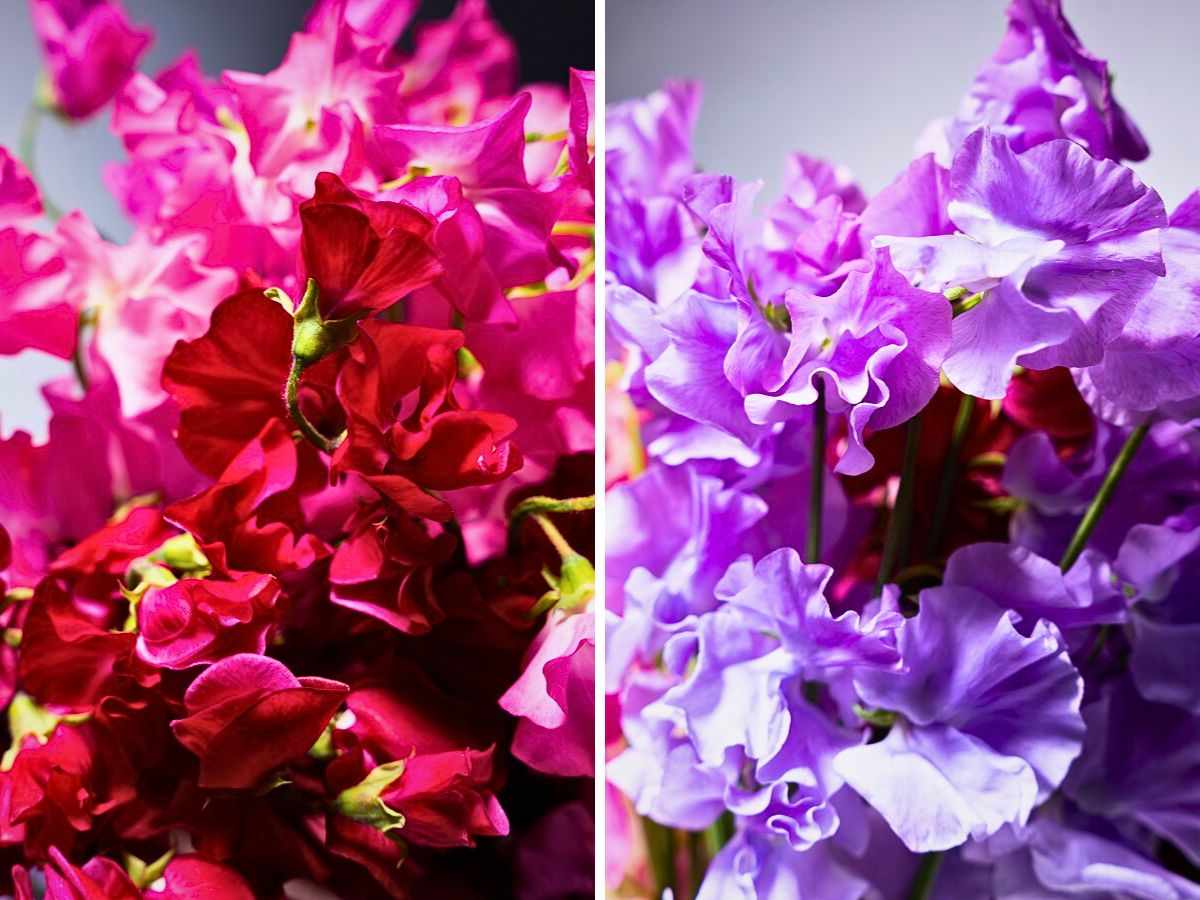
JA Aichi Minami also distinguishes itself by targeting discerning buyers who value fineness. This approach says a lot about the importance of tailored cultivation strategies: growers must assess their strengths, be it quality, variety, or scale, to carve unique market niches. Their cooperatives model also speaks to community-driven progress, subtly boosting regional economies and floral diversity.
Expanding the Japanese Sweet Pea Ecosystem
Aucnet actively nurtures new growers and buyers to amplify Japan’s sweet pea supply and demand. As exports fuel interest, production capacities grow, creating a cycle that benefits all stakeholders. This intermediary role ensures Japanese sweet peas reach more global consumers, from florists creating bouquets to enthusiasts seeking fragrant floral elements.

Through connecting emerging producers with untapped markets, Aucnet promotes sustainable expansion, with its insights revealing how such development models stabilize supplies, cut risks, and introduce innovative varieties, which in turn, enrich the overall floral landscape.
As preparations continue for the 2025-2026 season, growers like Taiyo Farm and JA Aichi Minami are already taking their part. Seed preparation begins in July, followed by plantings in September, with flower shipping starting from November onward. Stable exports kick off in December, ensuring peak quality.

While November's IFTF Trade Show showcases different Japanese cut flowers at the Greenflor booth, sweet peas' early timing precludes live displays—a slight hurdle in an otherwise promising outlook. Nonetheless, the weekly shipments to the Netherlands, South Korea, and Hong Kong continue as usual, with invitations extended to wholesalers and customers elsewhere across the world. You can access these flowers through Aucnet.
Feature image by @taiyo_nouen. Header image by @taiyo_nouen.

